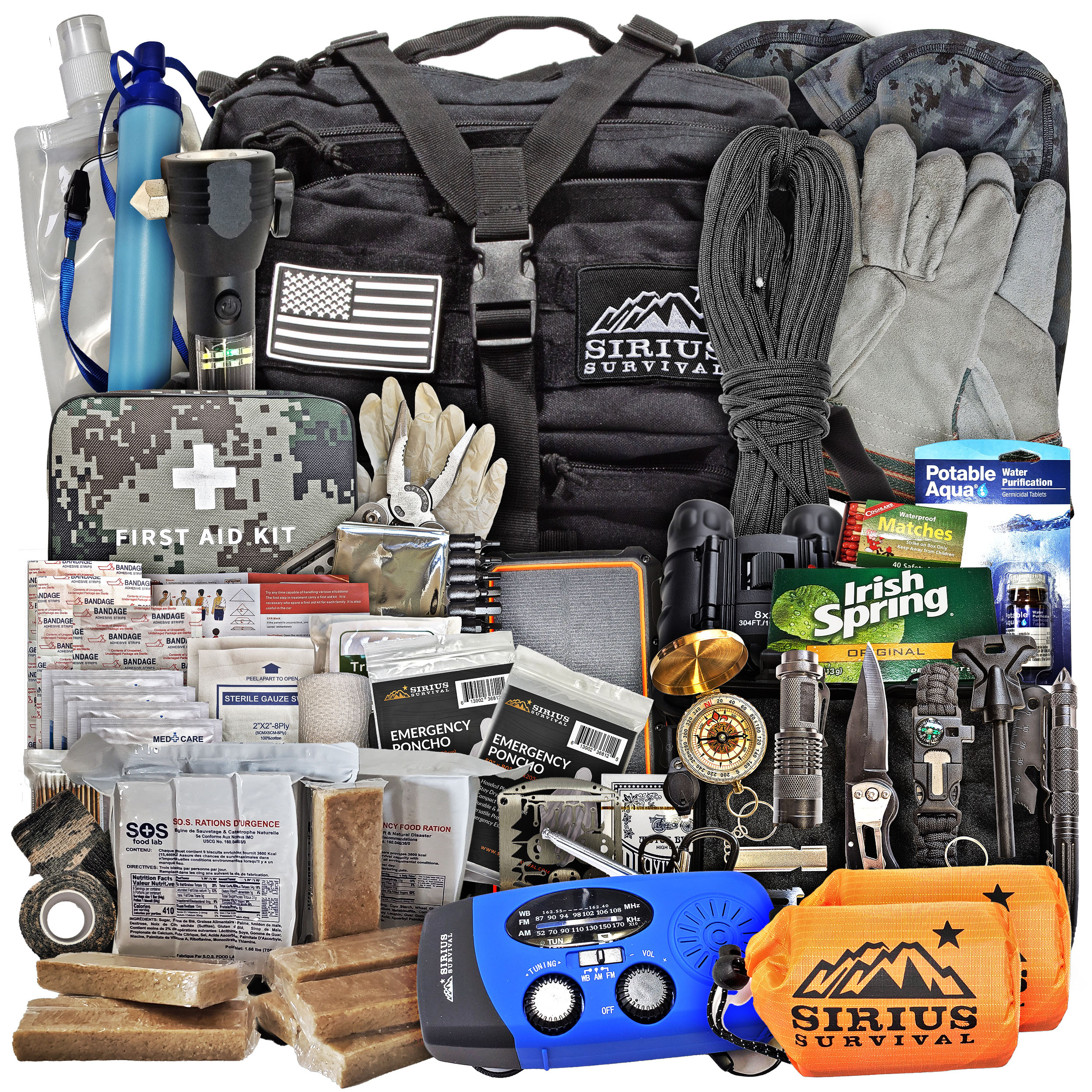Mastering Bug Out Bags: The Ultimate Essential Emergency Kit
A bug out bag is a pre-packed kit designed to sustain you for a short period (typically 72 hours) when you need to leave home quickly due to an emergency. This guide walks through what a bug out bag is, why it matters, how to choose and pack one, and realistic packing lists you can tailor to your family, climate, and budget.
Three-minute summary: Start with a backpack that actually fits you, aim for 10–20% of your bodyweight total, and cover the “Rule of Threes”: airway/breathing, shelter & warmth, water, food. Pack for your local risks, keep items organized in modules, test everything, and rotate perishables twice a year.
Want to keep it easy? Shop our professionally made and pre-done bug out bags here.
What Is a Bug Out Bag?
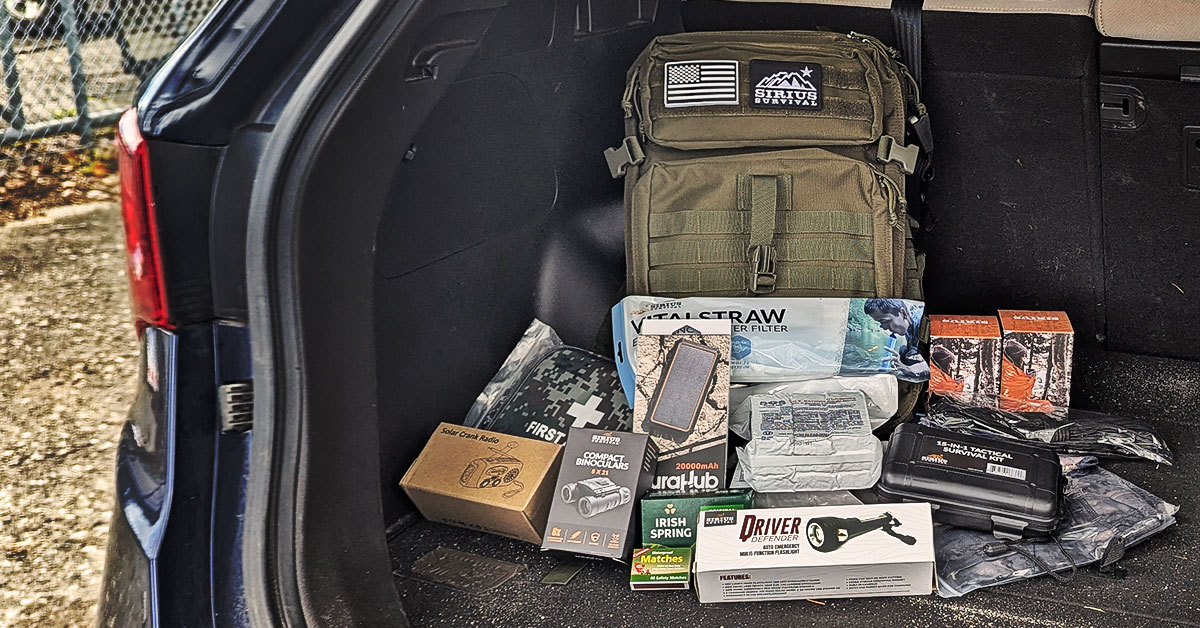
Understanding what a bug out bag is and how it’s used, is crucial for preparedness and peace of mind.
A bug out bag is a grab-and-go backpack (usually) that contains the essentials to keep you safe, warm, hydrated, fed, and informed for a short period when staying put becomes risky. It is not a backpacking vacation setup or a doomsday trunk. A good bug out bag focuses on realistic disasters where evacuations happen with little notice: structure fires, chemical spills, floods, wildfires, extended power outages, civil infrastructure failures, severe storms, etc.
Done right, your bug out bag is boring: reliable gear you’ve already tried, packed in the same places every time, often with spares for the items you’d miss most if they failed.
When Would You Use One?
- Evacuations: Wildfire, floods, hurricanes, chemical release, train derailment, or gas leak.
- Infrastructure failures: Multi-day power or water outages in extreme heat or cold.
- Personal emergencies: Sudden need to leave home (house fire, unsafe building).
- Travel breakdowns: Getting stuck between work and home when transit shuts down.
Think of a bug out kit like insurance you can carry. You hope not to need it but if you do, it buys you options and time. Even the government recommends having a basic disaster kit on hand.
Types of Emergency Bags
Choosing the right type of bug out bags can make a significant difference in emergencies.
- EDC (Everyday Carry): Pocket-sized tools and basics you carry daily (light, multitool, small first aid, cash).
- GHB (Get-Home Bag): A compact bag kept at work or in a vehicle to walk home if transportation fails. Focus on footwear, water, snacks, navigation, weather layers.
- 72-Hour Bug Out Bag: The standard bug out bag. Balanced kit for three days.
- INCH Bag (“I’m Never Coming Home”): An extended self-reliance kit; bulky and heavy. Not recommended for most people.Choosing the right type of bug out bags can make a significant difference in emergencies.
We’d recommend starting with a 72-hour Bug out Bag. Only consider larger kits after you nail the basics.
Core Principles
- Realistic risk first: Pack for events your area actually sees. Your county’s emergency plan and past local headlines are great clues.
- Light enough to move: If you can’t walk a few miles with it, it’s not helping you.
- Redundancy for critical items: Light + headlamp; water filter + purification tablets; fire steel + lighter.
- Modular organization: Group items by use or task (water, shelter, med, power).
- Test & training: Practice packing, unpacking, and using every item.
- Seasonal rotation: Adjust clothing, gloves, and shelter items for summer vs. winter.
- Low profile: Neutral colors or camo; avoid bright flashy gear that invites attention unless you want that.
Choosing the Right Pack
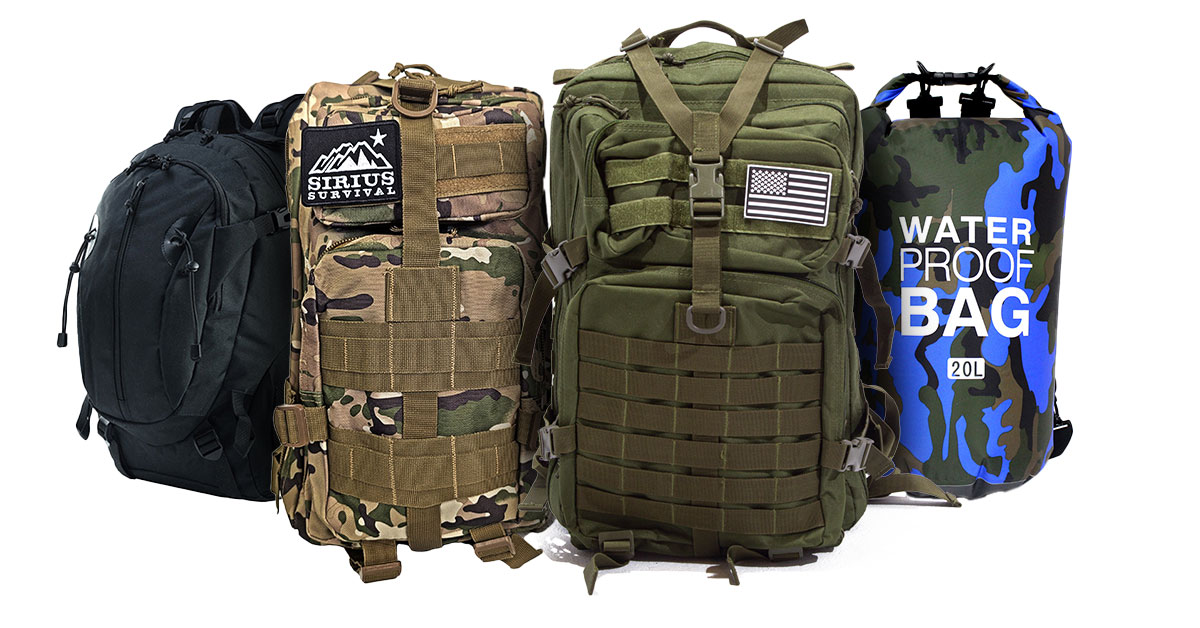
Your backpack matters more than any single item inside it. Bad straps or poor fit create blisters and fatigue fast.
- Capacity: 30–40L for minimalists; 40–55L suits most people; >55L only if you’ve trained with it.
- Fit: Choose a torso length and hip belt that match your body.
- Frame: Internal frames add structure and weight distribution. Frameless daypacks are light but tiring when loaded.
- Access & organization: U-zip or panel loaders make it easier to reach items than top-only loaders.
- Color & profile: Earth tones or muted colors draw less attention than bright styling.
- Durability: Heavy duty, Reinforced bottom, robust zippers, and water-resistant fabric are worth it.
Smart Weight & Space Budgets
A good target is 10–20% of your body weight. If you weigh 180 lb, start with a 25–30 lb cap and iterate. Keep heaviest items close to your back and centered between shoulders and hips.
Suggested Weight Distribution by Category
| Category | Target % of Total | Notes |
|---|---|---|
| Shelter & Clothing | 25–30% | Location is key here, minimally socks, underwear |
| Water & Treatment | 20–25% | Carry 1–3L; plan resupply via filter/purifiers. |
| Food & Cooking | 15–20% | High-calorie, no-cook first; stove optional. |
| First Aid & Hygiene | 5–8% | Focus on basic & common issues, not full trauma. |
| Tools & Repair | 8–12% | Multitools, saws, tape, cordage cover most needs. |
| Power, Light, Comms | 5–8% | Headlamp, power bank, cables, AM/FM/NOAA radio. |
| Documents & Cash | 1–3% | IDs, copies, small bills. |
Bulk Management
- Swap canned food for dry, calorie-dense options (nut butters, trail mix, bars).
- Use compression sacks for puffy clothing and quilts/sleeping bags.
- Choose nested cookware and collapsible bottles to save space.
Essentials by Category (What to Pack & Why)
A) Identification & Documents
- Photo ID, medical insurance info, key phone numbers on paper.
- Copies of prescriptions, proof of residence, and critical records in a waterproof bag.
- USB thumb drive with important digital files (encrypted) for quick recovery.
- Small bills ($5s, $10s, $20s) for cash-only situations that are common when power or interest is out.
B) Water & Hydration
- Carry at least 1–2 liters immediately usable; plan for 2–3 liters per day through refills.
- One fast method (filter or purifier bottle) + one backup (purification tablets or drops).
- Collapsible bladder or additional bottle for dry stretches; electrolyte packets to prevent cramps/fatigue.
C) Food & Cooking
- No-cook first 24 hours: ration bars, jerky, nuts, granola, tuna or chicken packets.
- Light cook options: instant oats, ramen, couscous, dehydrated meals.
- Compact stove + fuel (optional but morale-boosting), long-handle spoon, metal cup/pot with lid.
- Meal plan for ~2,000–3,000 calories/day depending on size and exertion. 1200 calories minimum
Simple 2-Day Menu Example
| Meal | Items | Why |
|---|---|---|
| Breakfast | Instant oats + nut butter | Warm, high-calorie, easy water use |
| Snack | Trail mix + electrolyte drink mix | Sustained energy; hydration |
| Lunch | Tuna/chicken packet + crackers | Protein + carbs without cooking |
| Dinner | Ramen or couscous + dehydrated veggies | Fast cook, comforting |
| Night snack | Energy bar or chocolate | Morale and quick calories |
D) Shelter, Warmth & Clothing
- Outer shelter: Tarp or lightweight tent; at minimum an emergency bivvy + contractor bag for ground moisture.
- Insulation: Packable puffy jacket, hat, gloves; adjust by season & location.
- Base layers & socks: Moisture-wicking; carry at least one dry spare pair of socks.
- Rain protection: Rain jacket/poncho; pack cover or trash bags to keep contents dry.
- Footwear: Broken-in walking shoes or boots; include blister care in your first aid.
E) Fire & Heat
- Two lighters in separate spots, plus a ferro rod or stormproof matches as a backup.
- Small tinder (dryer lint, cotton balls with petroleum jelly, or commercial tabs) in a waterproof bag.
F) Tools & Repair
- Multitool with pliers + small fixed or folding utility knife.
- 100 ft paracord or strong cordage; 10–20 ft duct tape (flat-packed) or repair tape.
- Compact sewing kit; safety pins; a few zip ties; spare buckles or webbing strap.
- Work gloves and a small roll of contractor bags (shelter, waterproofing, trash, improvised pack liner).
G) First Aid & Hygiene
- Trauma basics: Pressure bandage, sterile gauze, adhesive bandage strips, triangular bandage, a pair of gloves.
- Medications: Personal prescriptions (labelled), pain reliever, antihistamine, anti-diarrheal, oral rehydration salts.
- Everyday injuries: Moleskin or blister pads, tweezers, small saline vial, mini hand sanitizer.
- Hygiene: Toothbrush/paste, wet wipes, small camp soap, quick-dry towel, toilet paper in a zip bag, feminine supplies as needed.
- Consider a compact first-aid reference card for reminders under stress.
H) Power, Light & Electronics
- Headlamp (hands-free) + spare batteries; small backup flashlight.
- Power bank (10,000–20,000 mAh) and cables for your phone and radio.
- Small AM/FM/NOAA weather radio (hand-crank or battery).
- Phone essentials: offline maps downloaded, key numbers stored, and a simple note with “In Case of Emergency” contacts.
I) Navigation & Communication
- Local paper maps and a simple baseplate compass (know how to use it).
- Pre-planned meeting points and routes for family or teammates.
- Whistle for signaling; small mirror or reflective device for daylight signaling.
J) Personal Safety
Choose personal safety tools and strategies that are legal in your area and that you’ve trained to use responsibly. Awareness, avoidance, de-escalation, and traveling with others are powerful safety multipliers. Secure and store any restricted items according to local laws.
Special Populations
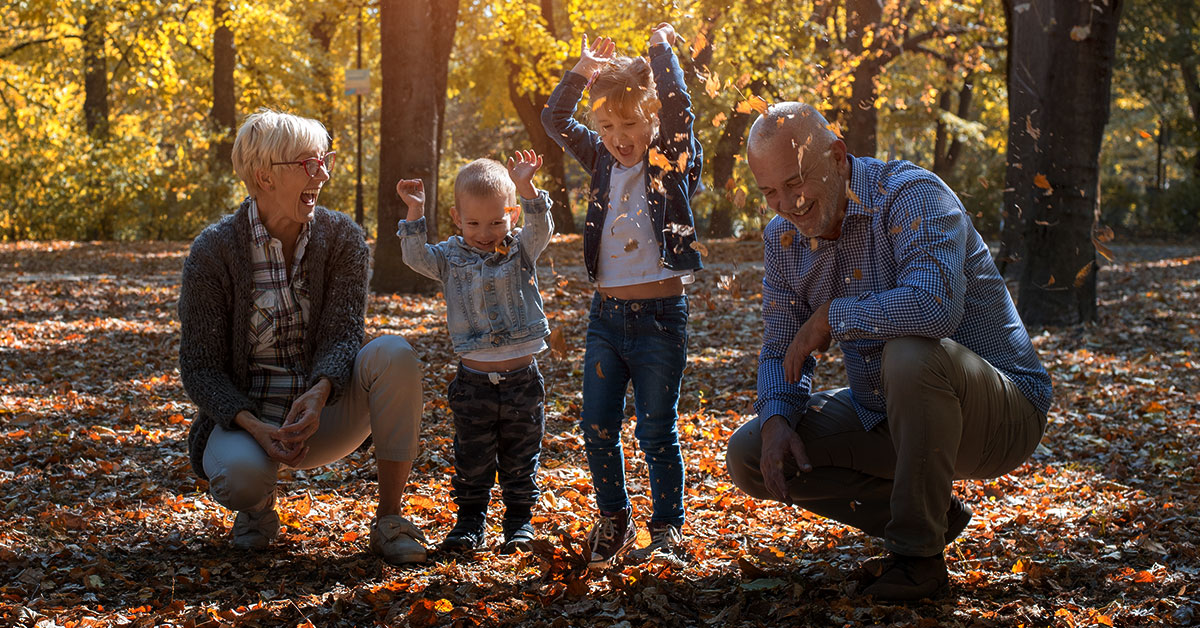
Infants & Toddlers
- Diapers, wipes, diaper cream; changing pad; extra clothing layers.
- Formula/bottles or appropriate foods; spoon, bib, and compact high-calorie snacks.
- Child-safe medications (consult your pediatrician for specifics), small comfort item.
Kids
- Smaller water bottle, light jacket, hat, gloves, spare socks, simple snacks.
- Whistle, ID card, laminated contact list, glow stick for visibility.
- Simple comfort items (cards, small stuffed animal) for morale.
Seniors
- Extra prescriptions, pill organizer with at least 3–7 days, reading glasses.
- Mobility aids (cane tips, spare parts), compression socks if recommended.
- Written medical info and doctor contacts; hearing aid batteries.
Pets
- Food for 3 days, collapsible bowl, water.
- Leash/harness, waste bags, veterinary records, photo with owner for ID.
- Crate or carrier if evacuating to shelters that require it.
Climate & Environment Adjustments
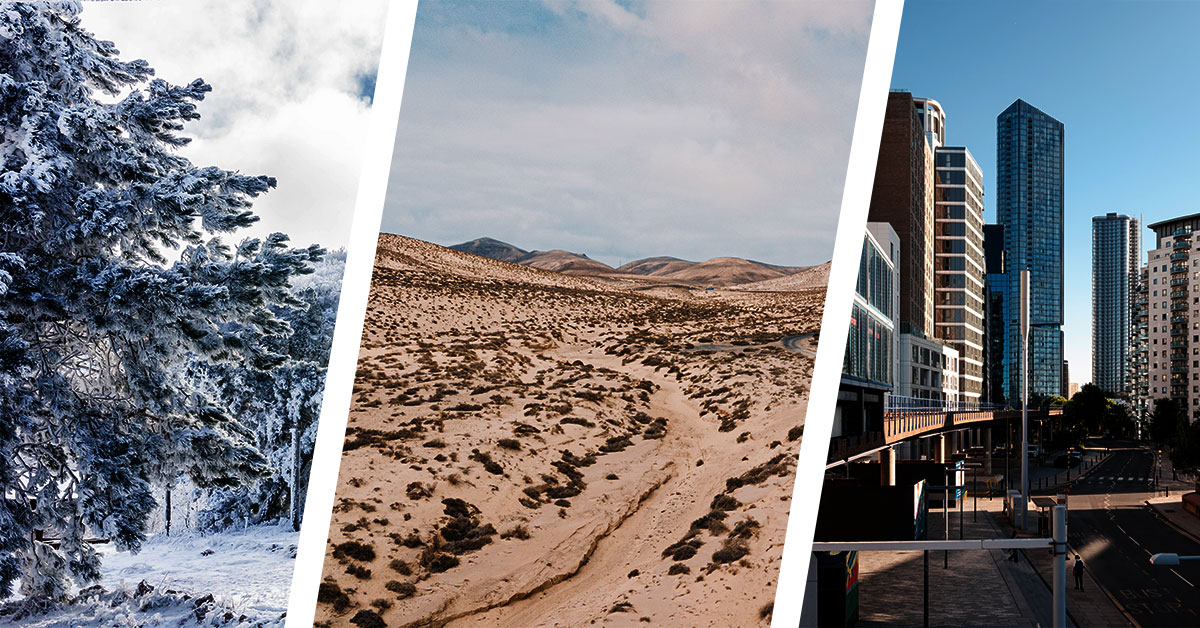
Cold & Snow
- Extra insulation layers, thick winter hat, liner + shell gloves, neck gaiter.
- Chemical hand/foot warmers; closed-cell foam pad to sit/stand on snow.
- Melt snow only with purification; avoid dehydration in cold weather.
Hot & Dry
- More electrolytes; broader brim hat and sun protection.
- Light, long-sleeve layers to reduce sunburn and evaporative loss.
- Carry more water capacity (bladder + bottles); plan shade breaks.
Wet & Windy
- Reliable rain shell, pack liner, dry bags for clothing and electronics.
- Fast-pitch tarp for quick shelter; avoid cotton; prioritize dry socks.
- Wind-blocking layer (even a light one) drastically improves warmth.
Urban
- Work gloves, dust masks, small prybar or sturdy multitool, eye protection.
- Cash for transport or services, spare transit card, local street maps.
- High-visibility options (glow sticks, reflective tape) for traffic safety.
Rural/Wilderness
- More water treatment options, better shelter, and navigation tools.
- Seasonal insect protection and sun/UV strategies.
- Emergency signaling: whistle, mirror, and radio become more critical.
Packing Strategy & Loadout
Pack heavy items high and close to your spine, centered between shoulders and hips. Keep frequently used items near the top or in exterior pockets. Use color-coded or labeled pouches so you can find things in the dark.
- Top of pack: Rain gear, insulation layer, headlamp, snacks, gloves.
- Core of pack (against back): Water, food, shelter, power bank.
- Outer pockets: First aid, maps, sanitizer, small tools.
- Hip belt pockets: Snack, lip balm, water tabs, tiny light.
- Strapped externally: Tarp or foam pad (ensure secure tie-down).
Maintenance & Rotation
Schedule two check-ups per year (e.g., spring and fall). Swap seasonal clothes, test batteries, replace expired items, and update documents.
Typical Shelf Lives (Guidelines; check your specific items)
| Item | Replace/Check | Notes |
|---|---|---|
| Batteries | 6–12 months | Store cool/dry; test in devices |
| Water tabs/drops | Per label | Most have multi-year shelf lives |
| First aid meds | Per expiration | Rotate before expiry |
| Food | 6–12 months | Rotate into regular meals |
| Power bank | 3–6 months | Recharge to 60–80% if stored |
| Paperwork | 6–12 months | Update addresses, contacts, policies |
Training & Skills You’ll Actually Use
- Read a weather map and your local hazard guide.
- Use your water filter and purifiers correctly.
- Pitch your shelter in wind and rain; practice knots (truckers hitch, bowline).
- Basic first aid: bleeding control, wound cleaning, blister prevention.
- Navigation: orient a paper map and shoot a simple bearing with a compass.
- Communication plan: who calls whom, meeting points, and alternatives.
- Fitness: walk 2–5 miles with your packed bag at least once a month.
Example 72-Hour Packing List (Single Adult)
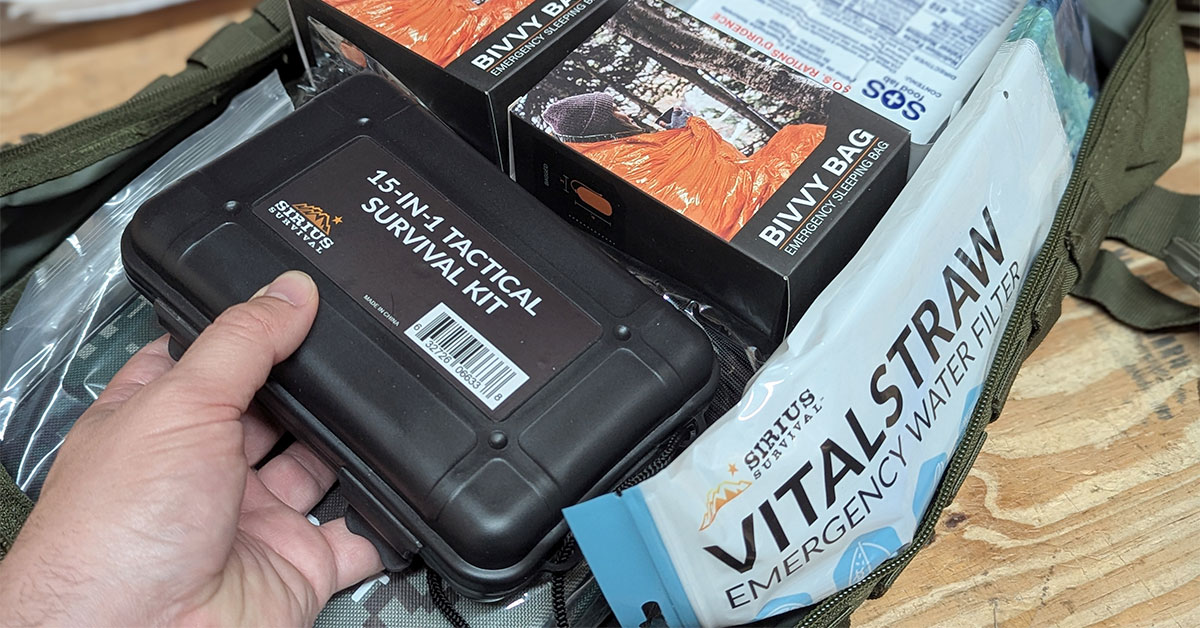
This example balances weight and practicality. Adjust quantities and brands to your needs and climate. Approximate weights are for planning; weigh your actual items.
Documents & Cash (~0.5 lb)
- Photo ID, copies of key records in waterproof pouch
- Emergency contact list, small notepad + pencil
- $100–$200 in small bills, coins
- Encrypted USB with scans (optional)
Water & Hydration (~4–6 lb carried)
- 2 x 1L bottles or 2L bladder
- Compact filter or purifier bottle
- Purification tablets (backup)
- Collapsible 2–3L container for extra capacity
- Electrolyte packets (6–12)
Food & Cook (~4–6 lb)
- 6–9 energy bars, 2–3 trail mix packets, 2–3 jerky packs
- 3 instant oat packets, 3 ramen/couscous portions
- 2–3 tuna/chicken pouches + crackers
- Compact stove + small fuel canister (optional), lighter
- Metal mug/pot with lid; long-handle spoon
Shelter & Clothing (~6–10 lb)
- Tarp or ultralight tent; emergency bivy
- Puffy jacket, fleece or mid-layer, beanie, gloves (seasonal)
- Rain jacket/poncho; pack liner/dry bags
- 2–3 pairs socks; base layer top/bottom; spare underwear
Fire & Heat (~0.5 lb)
- 2 lighters in separate spots
- Ferro rod or storm matches
- Waterproof tinder (8–12 pieces)
Tools & Repair (~2–3 lb)
- Multitool with pliers; compact utility knife
- Paracord (100 ft), duct/repair tape (flat-packed)
- Zip ties, safety pins, sewing kit, spare buckles
- Work gloves; 2 contractor bags (3-mil)
First Aid & Hygiene (~1–2 lb)
- Pressure bandage, gauze pads/roll, bandage strips, triangular bandage
- Prescription meds (3–7 days), pain reliever, antihistamine, anti-diarrheal
- Blister kit (moleskin, tape), tweezers
- Hand sanitizer, soap sheet or small liquid, wet wipes, TP (zip bag)
- Toothbrush/paste, small deodorant, quick-dry towel
Power, Light & Comms (~1–2 lb)
- Headlamp + spare batteries; small backup flashlight
- Power bank (10–20k mAh) + cables
- AM/FM/NOAA radio (compact), simple earbud
- Phone with offline maps and emergency notes
Navigation & Signaling (~0.5 lb)
- Local paper maps in zip bag
- Baseplate compass (learn bearings)
- Whistle; small signal mirror
Optional/Seasonal Adds (as needed)
- Insect repellent, sunscreen, lip balm
- Microspikes or traction devices (ice), gaiters (snow/mud)
- Bandana/buff, sunglasses, spare shoelaces
- Small book/cards for morale, earplugs, sleep mask
Quick-Start Checklist
- Pick your pack: 40–55L, fits your torso, comfortable hip belt.
- Cover the Rule of Threes: shelter/warmth, water, food.
- Build modules: WATER, SHELTER, MED, FOOD, POWER, TOOLS.
- Weigh it: Aim for 10–20% of your body weight.
- Walk test: 2–5 miles with the packed bag; note hotspots and heavy feel.
- Rotate: Twice yearly for seasons, batteries, and expired items.
- Plan: Write down evacuation routes and meeting points; add to the bag.
- Train: Practice setting up shelter, filtering water, and reading maps.
Frequently Asked Questions
How heavy should my bug out bag be?
As light as possible while covering your real needs. A practical cap is 10–20% of your body weight, adjusted for fitness, terrain, and weather. If in doubt, remove non-essentials and retest.
Is a pre-packed kit or DIY better?
Pre-packed kits are fast and easy. DIY lets you tailor to your climate, health, and preferences. Many people start with a quality pre-made kit and customize it.
What food works best?
Calorie-dense, shelf-stable foods you already eat: bars, nut butters, trail mix, tuna/chicken packets, instant grains. Favor options that require minimal cooking and water.
Do I need a stove?
No, but hot food and drinks improve morale and warmth. If you pack a stove, keep it compact and practice with it.
What if I have limited space or budget?
Start small: water treatment, headlamp, first aid, rain layer, snacks, and a simple shelter (tarp + bivy). Add items as you can. The best bag is the one you’ll actually carry.
How do I keep the bag ready?
Store it in a visible, accessible spot near an exit. Add a luggage tag with your name and phone. Keep a content list inside the top pocket.
Can I use the bag for camping trips?
Yes, using your gear in low-stress trips is the best way to learn what works and what to upgrade.
What about personal safety tools?
Choose options that are legal where you live and that you’ve trained to use responsibly. Emphasize awareness, avoidance, and communication first.
How many bags does my household need?
One per 1-2 people, scaled by age and ability. Keep a shared checklist so essentials aren’t duplicated unnecessarily (e.g., one stove for two adults), while critical personal items (meds, clothing) remain individual.
Where should I keep the bag?
At home near an exit, with smaller kits at work and in your vehicle if possible. Make sure everyone knows where each bag is stored if it’s for family.
Final Thoughts
Done for you: Save Time & Money
Make it easy and buy our best selling bug out bag survival kit here. All the basics and more are covered with plenty of room left for personal items. If you bought everything independently and assembled it yourself, it would cost double.